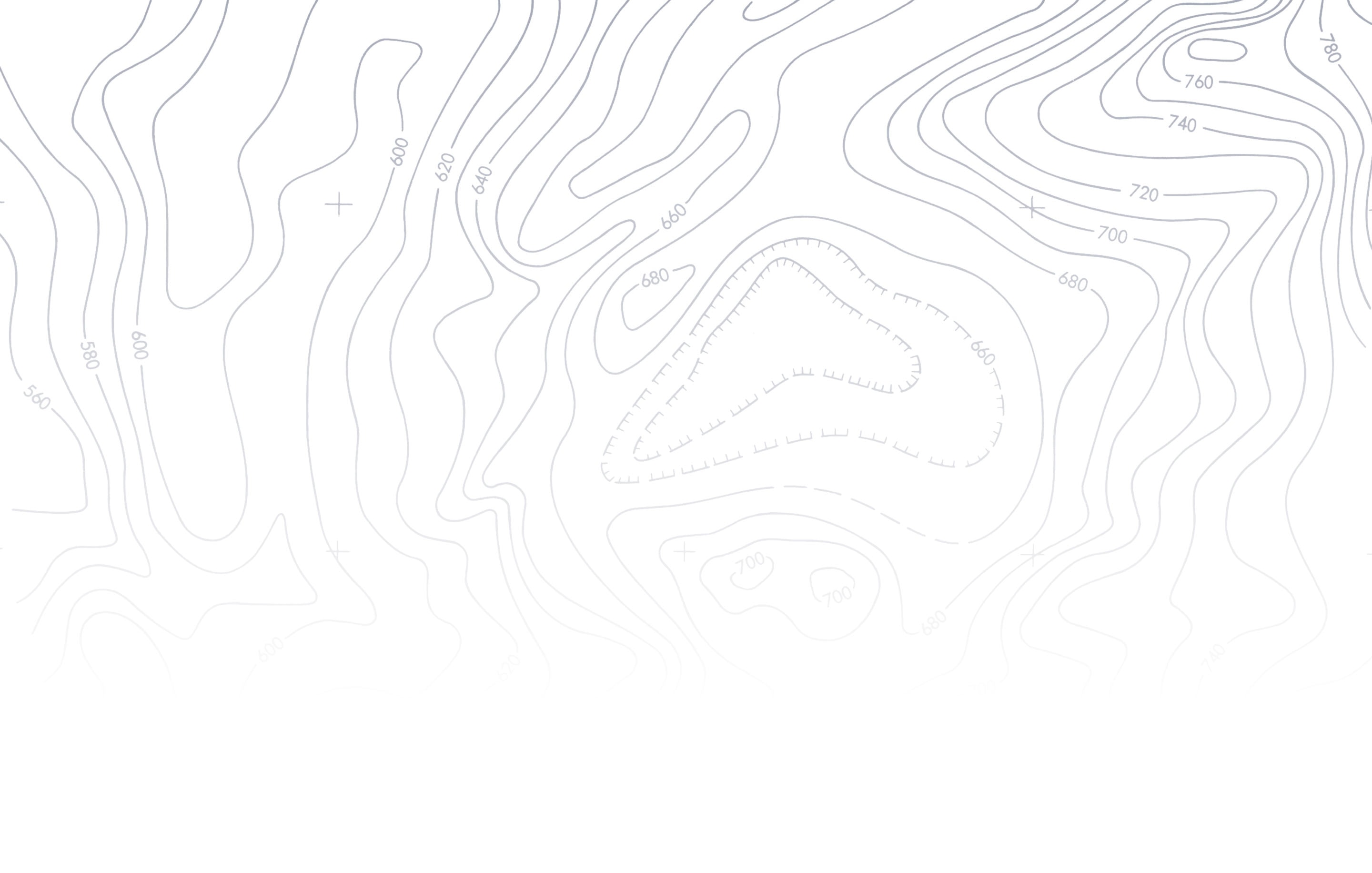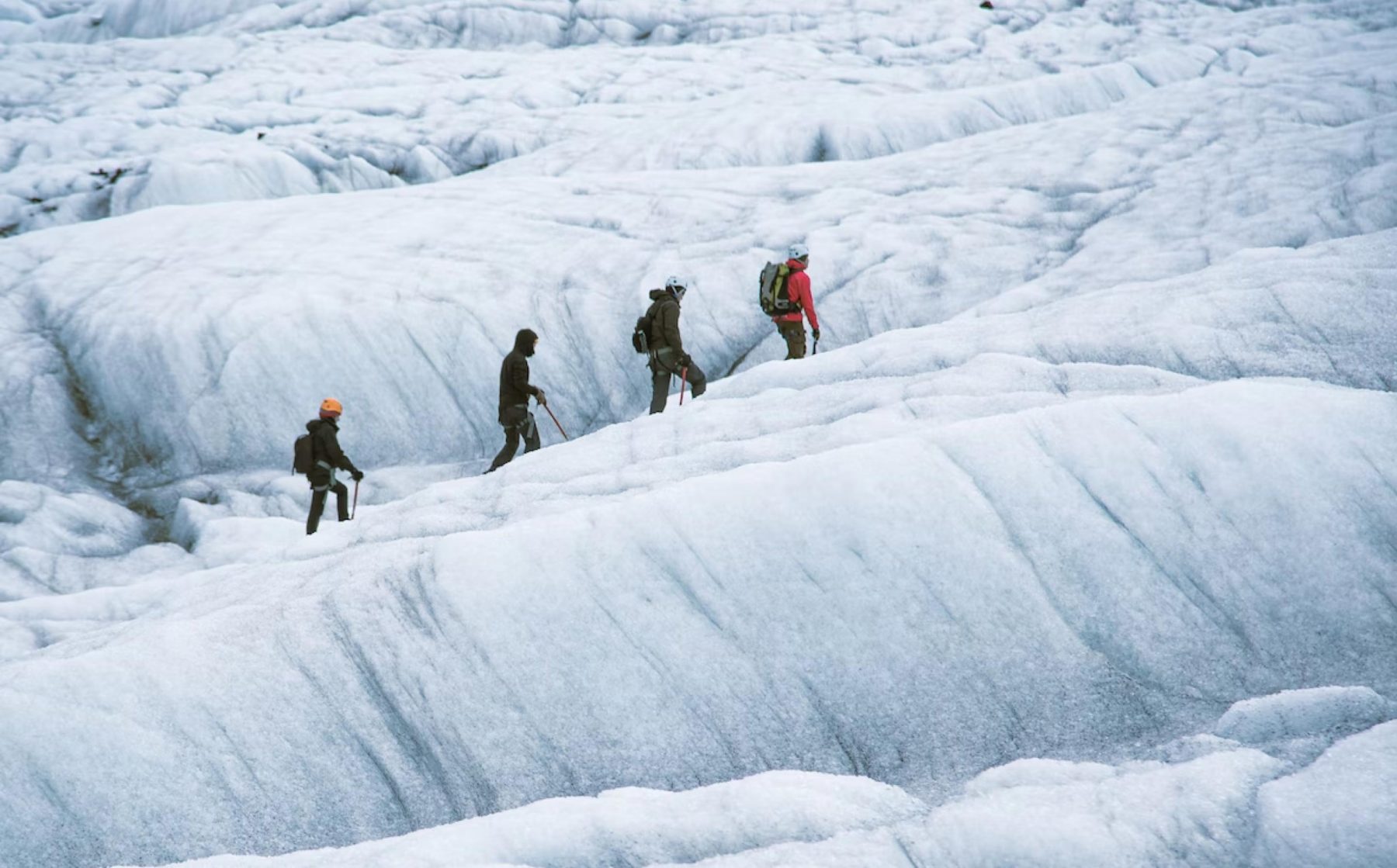Asgard
experiences
Let’s keep it simple folk’s and we’ll blow your socks off. All experiences are customisable and structured to fit our guests needs.


Let’s keep it simple folk’s and we’ll blow your socks off. All experiences are customisable and structured to fit our guests needs.


Keep up to date with our latest offers and news
"*" indicates required fields

Asgard guides wear Arcteryx gear because it is durable and keeps them warm and dry in challenging conditions.

Fjallakofinn is an outdoor store in Reykjavík offering high quality outdoors products & a rental service.
